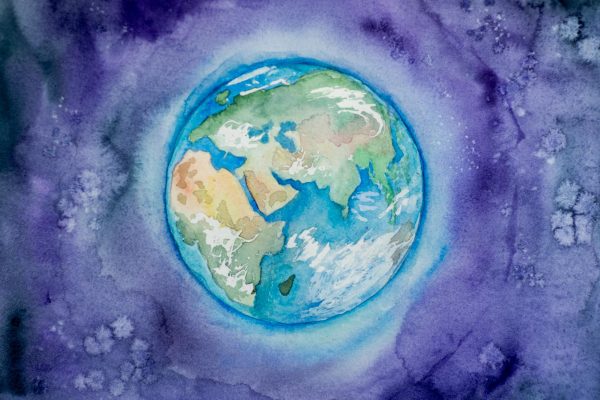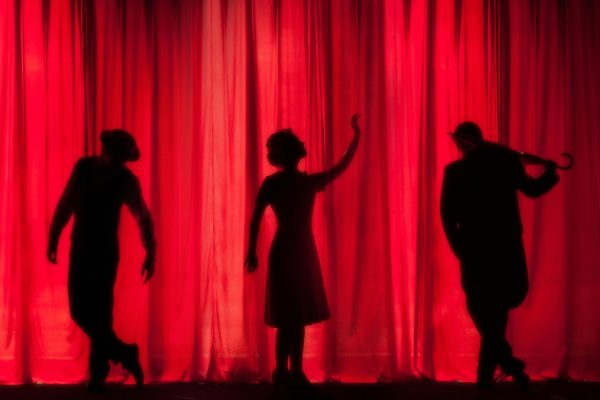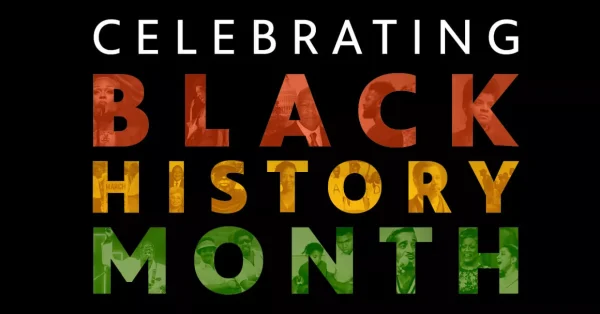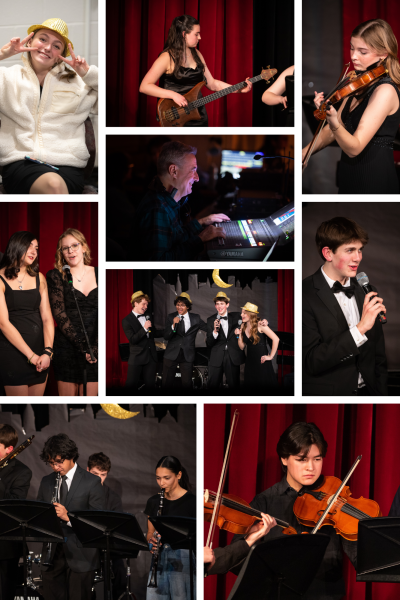Diwali, the Festival of Lights
Diwali is the five-day festival of lights in India. It is celebrated by Hindus, Jains, Sikhs, and Buddhists around November. It gets its name from the Sanskrit word “Deepavali,” which means “row of clay lamps”. It is the brightest and the most remarkable Indian holiday; celebrating the triumph of light over darkness. Many people all over the world celebrate by lighting lamps outside their homes to exemplify the inner light that protects them from spiritual darkness.
There are a lot of diverse cultures that celebrate this remarkable holiday, which means there are many different stories behind it. For some, it celebrates the birth of Lakshmi, the goddess of wealth. She is celebrated on the third day of Diwali, and people pray for wealth in the coming year. In northern India, they celebrate King Rama’s return after he defeated Ravana using clay lamps. South Indians celebrate it as when Lord Krishna defeated the demon Narakasura. Jains celebrate the nirvana, or spiritual awakening, of Lord Mahavira. Sikhs celebrate the day that Guru Hargobind Ji, the Sixth Sikh Guru, was freed from imprisonment. Diwali isn’t only tethered to India. Countries like Sri Lanka, Pakistan, Indonesia, Fuji, Thailand, Mauritius, Australia, England, and Canada celebrate it. Overall, all of these regions and cultures are celebrating good over evil. The holiday can be celebrated in many different ways, but universally Diwali brings together this diverse plethora of groups to celebrate.
Diwali typically lasts 5 days and during these days the celebrations are never-ending. On the first day, Indians clean their homes and decorate their houses with rangoli (designs made with colorful paint, rice, and sand). Rangoli is thought to bring good luck and prosperity to the house and family. They also shop for gold because it symbolizes good luck in many Indian cultures. On day two, many spend their time buying different types of food and mithai (Indian sweets). Also, many pray for their ancestral spirits in their afterlife and set off fireworks. During the third day, family and friends gather to light candles and lanterns around their homes. It is a time of love and celebration. Day four is the first day of the new year. Friends and relatives visit each other bearing gifts and to wish them the best for the new year. The fifth day is when brothers visit their married sisters and welcome them with meals and love. People use this time to wear new clothes, feast, feed the poor, start businesses, and exchange gifts.
Food is a big part of Indian culture. Since India is so diverse, there isn’t a set list of foods that are typically eaten. Some people aren’t even vegetarian for Diwali, even though Hindus typically don’t eat meat on religious festivals. Samosas, bhajis, aloo tikka, dhals, and channa bhatura. The most commonly eaten sweets are gulab jamun, kheer, halwa, and ladoos.
Some fun facts about Diwali is that the third day occurs on a new moon night because the Hindu calendar is a lunar calendar. Hence, the festival of light is meant to illuminate the moonless night sky. The start of the Hindu New Year also traditionally marks the end of the harvest season or marks the beginning of the new sowing season in India. Diwali is an ancient holiday; the first Diwali was celebrated around 2,500 years ago.
Diwali is a joyous holiday full of love and has the collective goal of bringing people together to celebrate. It is meant to bring good fortune for those who celebrate Diwali for the rest of the year. It’s an auspicious time to reflect and spend quality time with loved ones.





